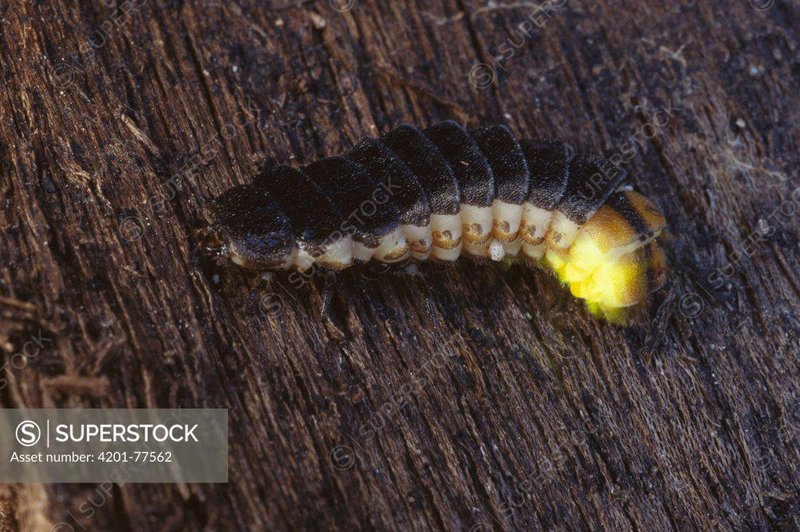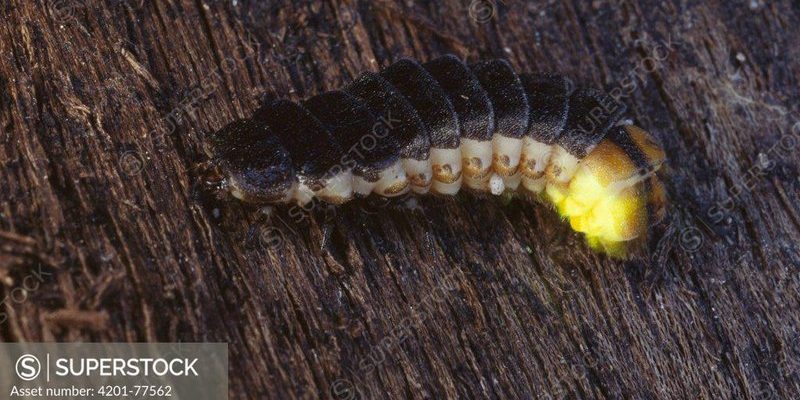
So, what’s the deal with glow worms? They’re not actually worms at all, but the larvae of certain beetles. These fascinating creatures emit a soft glow, primarily to attract prey. But that glow also serves a more significant purpose; it’s a signal of the overall health of their habitat. Understanding their role can give us insights into broader environmental conditions—kind of like reading the mood of a room by the vibe of the people in it.
What Are Glow Worms?
Let’s start with the basics. Glow worms, primarily found in damp and dark environments like caves and forest floors, are the larvae of several species of beetles, most notably the *Lampyridae* family. These little critters produce light through a chemical reaction, much like fireflies, and they do this primarily to attract mates or lure in unsuspecting prey.
You might be wondering how these creatures manage to glow. It’s all thanks to a substance called luciferin, which, when it reacts with oxygen, creates light. Think of it as a tiny lantern in the dark! This bioluminescence is not just fascinating; it’s essential for their survival. But their glow doesn’t just signal their presence—it also reflects the conditions of their environment.
Why Forest Health Matters
Understanding forest health is crucial for many reasons. Forests offer us a vast number of benefits, from providing clean air and water to serving as a habitat for countless species. But how do we really measure the health of a forest? It’s not just about counting trees or checking for signs of disease. It’s about looking at the entire ecosystem, and this is where glow worms can play a significant role.
Healthy forests are often rich in biodiversity, meaning they support a variety of plants and animals. When glow worms flourish, it often indicates that the forest is thriving. But if their populations decline, it could signal problems like pollution, habitat degradation, or climate change. In a way, these little glow worms act as early warning signs, alerting us to changes in the forest’s health before we can visibly see the decline.
Understanding the Connection Between Glow Worms and Forest Health
So, how exactly do glow worms indicate forest health? Their presence relies heavily on the quality of the environment. They thrive in moist, undisturbed areas where leaf litter and decaying organic matter are abundant. This means that a forest that supports a healthy glow worm population is likely rich in nutrients and free from harmful pollutants.
When researchers study these creatures, they can gather data on various environmental factors. For instance, if glow worms are thriving, it often means that there’s a healthy supply of food, such as smaller insects for them to catch. Additionally, their need for humidity makes them sensitive to changes in moisture levels, which can be affected by climate changes or deforestation.
In summary, a decline in glow worm populations could mirror negative shifts in their ecosystem, providing insights into larger issues at play.
Practical Applications of Using Glow Worms as Indicators
Using glow worms as indicators of forest health isn’t just academic; it has real-world implications. Conservationists and ecologists can monitor glow worm populations to make decisions regarding forest management and protection. For example, if a particular area known for its glow worms shows a decline in their numbers, it may trigger an investigation into possible environmental issues.
Moreover, understanding these connections can help guide conservation efforts. Imagine a forest reserve where researchers track glow worm populations over the years. They might find that certain practices, like reduced pesticide use or controlled logging, lead to healthier glow worm populations. This information can be pivotal in shaping future conservation policies, ensuring that these habitats remain intact for generations to come.
Challenges in Monitoring Glow Worm Populations
While monitoring glow worms offers valuable insights, there are challenges involved. One major issue is that glow worms have specific habitat requirements and are sensitive to changes in their environment. This means that even slight shifts in moisture levels, temperature, or food availability can impact their populations.
Moreover, conducting research in dense forests can be quite tricky. Finding and counting glow worms requires patience and expertise. Many researchers need to venture into dark, remote areas, often at night, when these creatures are most active. This can be both time-consuming and resource-intensive, making it challenging to gather large amounts of data consistently.
However, advancements in technology, like remote sensing and data collection tools, are helping scientists gather information more effectively.
The Future of Glow Worms and Forest Conservation
Looking ahead, glow worms may play an even more critical role in helping us understand and protect forest ecosystems. As climate change continues to alter the landscape, their sensitivity to environmental changes makes them valuable indicators for scientists and conservationists alike.
By combining traditional monitoring techniques with new technology, researchers can create a clearer picture of forest health. They can track how glow worm populations respond to different conservation efforts, providing a feedback loop that informs future actions.
Ultimately, glow worms remind us that every creature, no matter how small, has a role in the grand tapestry of life. Advocating for their protection also means advocating for the health and stability of our forests, which benefit us all in countless ways.
In summary, glow worms are more than just enchanting lights in the dark; they’re vital indicators of forest health. Their presence can reveal much about the conditions of their environment, helping researchers and conservationists gain insights into vital ecological shifts.
By paying attention to these captivating creatures, we can help protect the forests they inhabit, ensuring that future generations can enjoy the wonders of nature in all its forms. So, next time you see a glow worm flickering in a darkened forest, remember: it’s not just a light—it’s a signal of a healthy ecosystem, quietly working to tell us its story.

